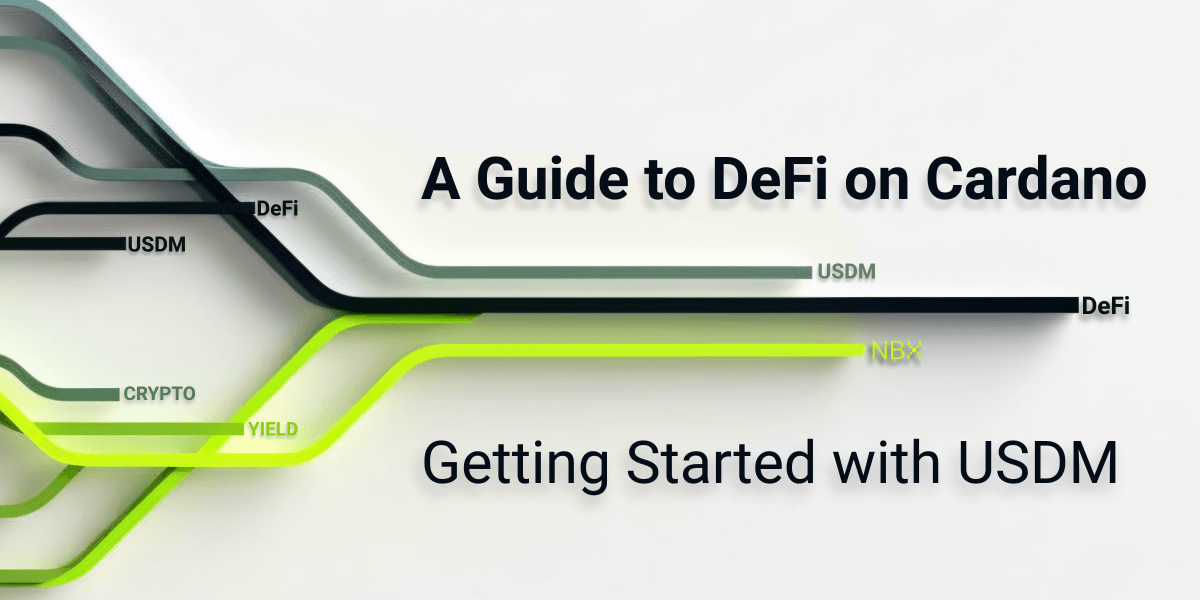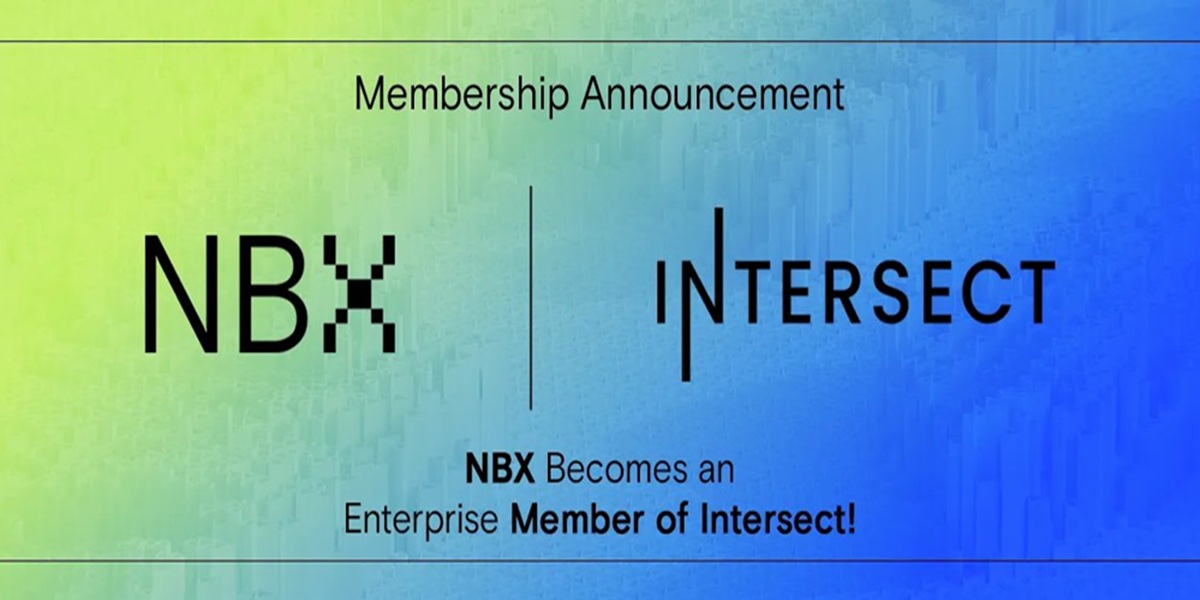An option is a type of derivative.
Generally, it equates to a futures contract that gives traders the opportunity to either buy or sell a traditional or crypto asset at a specific future price or within a specified future price range. Overall, two types of options exist: call or put options, the former of which equates to a buy of an underlying asset and the latter of which equates to a sell of an underlying asset. With all of this in mind, it’s best to consider an option as a bet on where an asset like Bitcoin’s price will move down the road.
Even if you’re not interested in purchasing options, you should know what they are and why they matter. The options markets often serve as excellent predictive indicators of the future price movements of the assets they track. Still, in a crypto context, they’ve only recently made their debut, starting in January 2019, when the Chicago Mercantile Exchange launched Bitcoin-focused options. As options have begun to rise to prominence, their reliability as a trading and investing indicator of future market movements has come into the spotlight with the help of analytics providers that track their real-time activity.
Historically, options take their liquidity from their related, overall futures markets. So, for options to stick around and be reliable for traders, there has to be an even more reliable set of futures markets beneath them.
Just before the crypto market’s crash in March of this year, a measure called the “Bitcoin skew” spiked to a significantly positive level. Fundamentally, the skew is meant to measure the difference between the prices of available put versus call options. When it’s positive, that indicates that calls are outpacing puts, and consequently, the market’s looking quite bearish in the future. When it’s negative, the reverse is said to be true.
Considering all of the above, it’s best to think of the skew as a reliable indicator because it measures market behavior. When the bulk of market participants are feeling anxious about macro- or microeconomic conditions and planning to sell en-masse, the skew will be positive. When confidence returns and most want to buy, it’ll be negative.
Though the skew is a compelling measure, like any indicator, it doesn’t work alone, and for crypto options, it’s early yet since they’re largely in their first year.
The article does not constitute financial advice.


